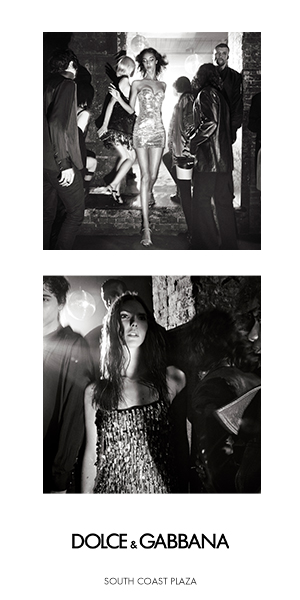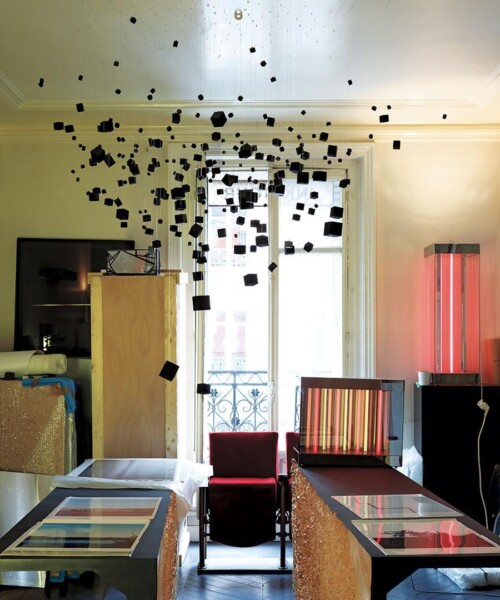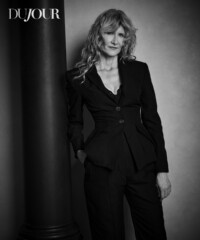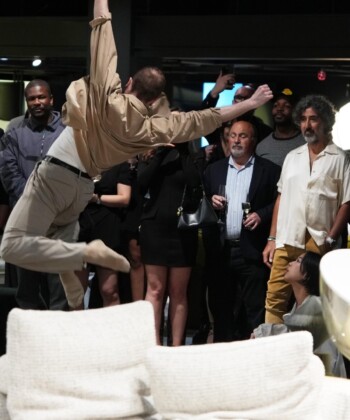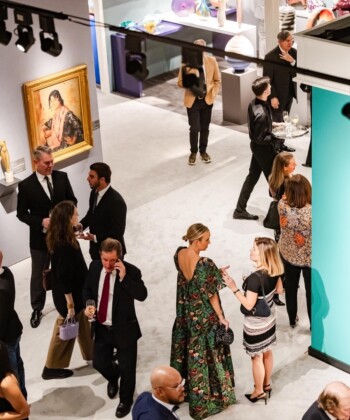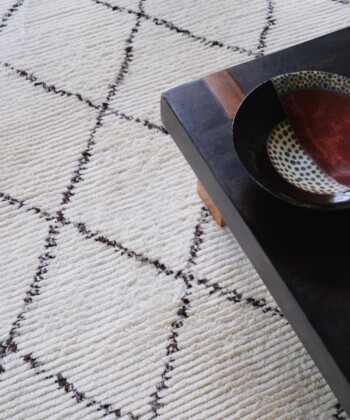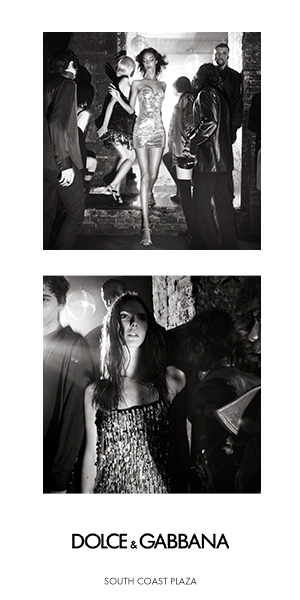There’s an undeniable fascination with the places people live and work that permeates the blogosphere, the pages of books and magazines and, of course, the boards of Pinterest. As photographer Martyn Thompson puts it, “Human beings are voyeurs; we like looking at things and learning about people. The thing about interiors is you learn a lot about people.”
A lot can ultimately be boiled down to whether or not one is “neat or tidy,” jokes Thompson, who spoke with DuJour about his book, Working Space: An Insight into the Creative Heart. The tome is an intimate glimpse into luxuriously raw studios, minimalist offices and spaces packed out with the detritus of a creative professional’s work (or life). “An artist studio is still very much what it always has been,” Thompson says. “But, for a lot of other people it’s not the same anymore. The way we work is changing; people work from their living rooms.”
The idea of Working Space was born when Thompson, who has spent over fifteen years photographing interiors, realized this and set out to capture the different environments in which creative types—from ceramicists to choreographers—work. “I was ultimately looking for places where I felt people had an incredible passion for what they did. I find that, in photographing interiors in general, it’s a really important thing for me, and I’m often attracted to the spaces of creative people because they have this sort of passion.”
From there, the search for the studios that would make up his new book took off. “Things just sort of rolled; they happened very spontaneously,” Thompson recalls. “There are some people I covered who I’ve known for 25 or 30 years and some people that I met for two minutes.” Of his favorites: the London fashion designers of Meadham Kirchhoff and Parisian lighting designer Thierry Dreyfus. “That space,” he says, “was so about the work: literally ideas drawn on the walls, things that was influencing him, things he was playing with—it was all there. To me, it felt like his thought process was revealed in the space.”
In the end, his eclectic collection of workspaces felt whole. Flip through and find a street artist’s stomping grounds, a modern Pondicherry ashram, a playwright’s trailer. If anything was missing, Thompson tells DuJour that he wouldn’t have minded including a car factory in the mix. “Something like that could have been interesting, something more massive, more industrial,” he says. “But there was a point when I looked at all of the material and it seemed to be enough, it worked together. There’s probably many, many other things I could have photographed.”
Thompson traveled from city to city across the world to photograph these studios and offices. Though the aim—to capture creative workspaces—was the same from Germany to France and back, the aethetics in each region took personality of its own. “In Berlin, maybe it was the people I was introduced to, but invariably the spaces were quite raw; whereas in Paris, spaces are much more refined.” Asked about New York, where the Australian ex-pat is based, Thompson suggests the “spaces are more finished. American spaces seem to be more decorated, well-thought out. They’re designed and finished to a beautiful degree and very professional. I’m sure there are spaces like that everywhere.”
He pauses for a moment before laughing, continuing: “Honestly those places don’t appeal to me very much. I tend to like things that are a bit more artisanal.”
Click through the gallery for a look inside “Working Space: An Insight into the Creative Mind”























